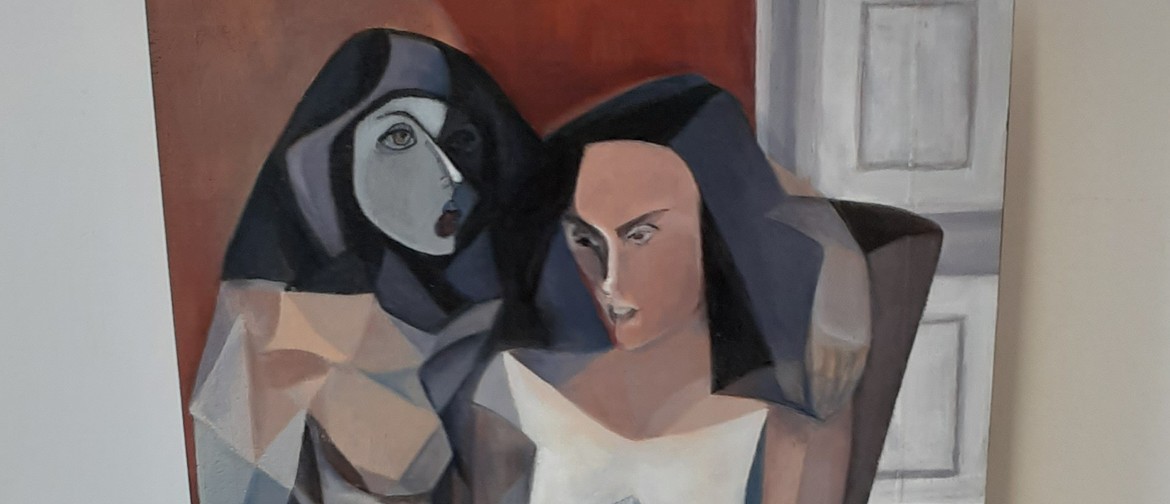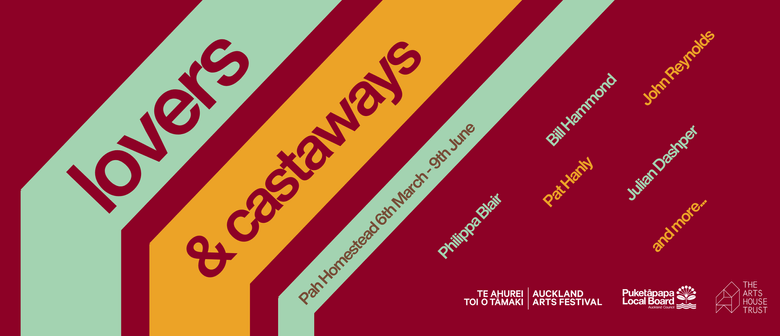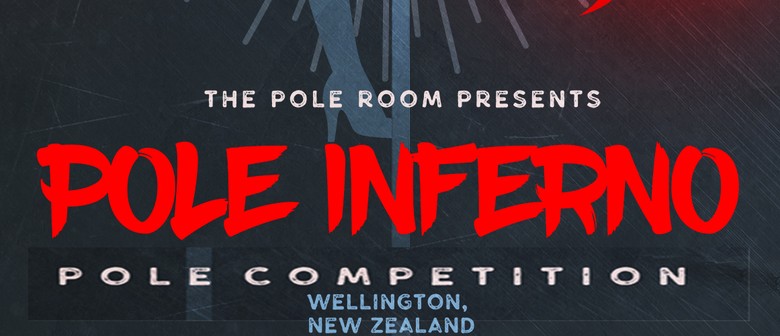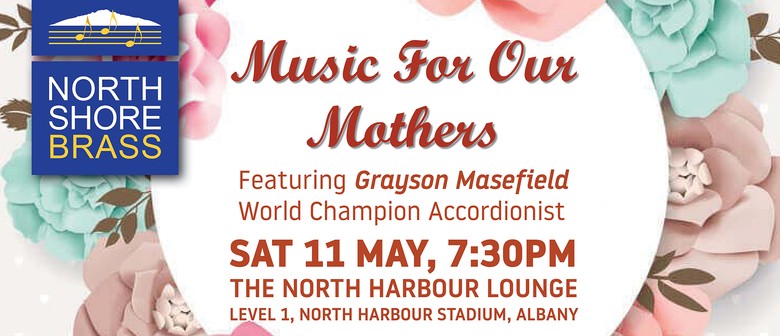Homage II by Linda Gair
8 Railway St, Newmarket, Auckland
Ticket Information
Restrictions
Website
Listed by
In her sun-filled, north facing studio Linda Gairs’ bookshelf flexes and groans under the weight of New Zealand’s champion artists. Louise Henderson, Maddox, McCahon, Binney, Woolaston, Rita Angus and Louise McIvor to name a few. Gair devours the ‘stories’ of art history and artists, and delights in finding threads between geographical, chronological and stylistic connections influencing their art making process.
Maybe Gair’s teacher training in another lifetime enhances her analytical skills allowing her to figure out her favourite artists’ formula and their raison d'etre. It is not just the how, but the why. Gair doesn’t want to just reproduce the colours, or objects, the brushstrokes or the composition - she wants to understand what the artist was thinking and what they wanted to say.
Ruminating on one artist for weeks on end, she reads deeply and stays curious. Gair chases down every reference, delving further for who the artist socialised with, who influenced what they painted and how. Gair picks up the detail – a small motif repeated in a McCahon painting, what does it mean? The ‘pedestrian’ everyday objects in a Michael Smither still life, and his rendition of them, fascinates her. The ‘light source’ is always of intrigue and no wonder as she majored in ‘old school’ darkroom black and white photography from Elam in the 70’s.
Emulation is where Gair is at. Taking a cue from David Bowie “The only art I’ll ever study is stuff that I can steal from”. Yet as Austin Kleon rightly points out, “Imitation is about copying. Emulation is when imitation goes one step further, breaking though into your own thing.” And as Dick Frizzell said in his book, ‘Me, According to the History of Art’ “It all goes round and round.”
Utilisation of wood, preferably in a natural state, is an integral part of this work with its gnarls and knots. Preferably upcycled it adds a layer of history, meaning and provenance of its own. Nothing is out of bounds. Window frames, bread boards, a 1960’s telephone table all become a canvas where Gair’s imagination runs wild. Via rumination and long periods of immersion two elements collide – the right painting finds the right surface, whether that be 2D or 3D.
Native timber panels procured from Albie’s second hand shed on Highway 12, Mangaturoto, with cow dung still intact have been cleaned to a point, yet the vibe of milking shed origins linger. Especially when Gair applies a New Zealand landscape resplendent with poplars to the triptych, reminiscent of Rita Angus’s early days painting plein air.
Historically, wood panels were used for paintings long before the adoption of flexible fabric supports. Most of the earliest icons still intact from the 2nd and 3rd century as well as a large portion of the Renaissance paintings were created on solid wood panels.
Utilising wooden objects that she gathered from urban debris piles up to create her carefully arranged narrative in context of these New Zealand artists. Purposefully selected, their evocative potential call to mind the forms of nature and a time period that is becoming more elusive.
Winston Churchill once suggested painting has the same qualities that make military and political life so appealing, “In battles two things are usually required for the Commander -in-chief; to make a good plan for his army and, secondly, to keep a strong reserve. Both of these are obligatory upon the painter.” Gair intuitively works with this strategy when painting. The unfolding is a long, sustained, interlocked argument. She not only understands this, she embraces it.
Homage, according to the Cambridge Dictionary is ‘an expression of great respect and honour’. This speaks clearly of Gair’s intentions with this body of work, building on her own sound knowledge, understanding and exploration of paint and paintings. Maybe the title could be Un Grand Homage?
Log in / Sign up
Continuing confirms your acceptance of our terms of service.




Post a comment